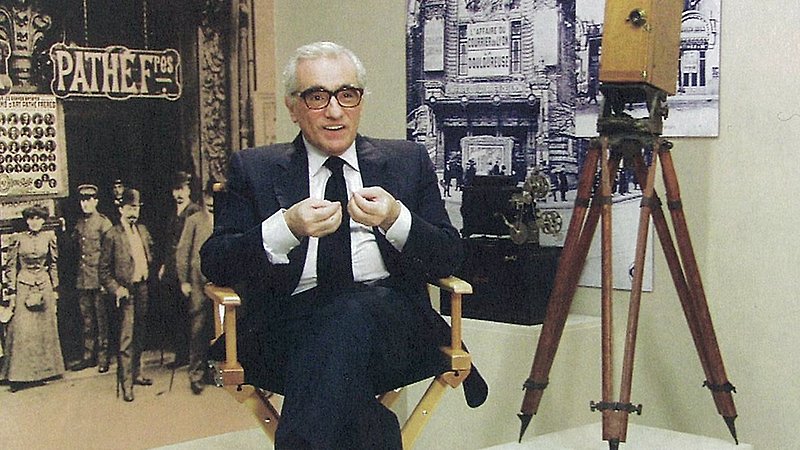This smart, concise Scorsese-sponsored doco argues that Cubism was a response to the new technology of cinema at the turn of the 20th century. “A dazzling, opulent treasure trove.” — Variety

A dazzling, opulent treasure trove... summons a world drunk on the spectacle of motion.
Screened as part of NZIFF 2009
Picasso and Braque Go to the Movies 2008
New York filmmaker and gallery owner Arne Glimcher followed his 2007 exhibition ‘Picasso, Braque and Early Film in Cubism’ with this smart, concise documentary which encapsulates the show's thesis – that Cubism was a response to the new technology of cinema at the turn of the 20th century. Cinema is placed squarely at the centre of an emerging aesthetic of movement in the visual arts. Its unique ability to unite industrial technology, popular culture and traditional art forms is demonstrated, for instance, in the proliferating film records of the ‘kinetic sculpture’ created by serpentine dancer Loïe Fuller and her imitators. Picasso‘s and Braque's own cinephilia is carefully documented. The traces of early movies and their subjects are uncovered in their canvases by art and film historians (Adam Gopnik, Tom Gunning), filmmakers (Martin Scorsese) and fellow painters (Julian Schnabel, Chuck Close). As an added bonus, the film provides us with a cornucopia of early cinema from such makers as Lumière, Méliès, Edison, Starewicz and Feuillade. — AL